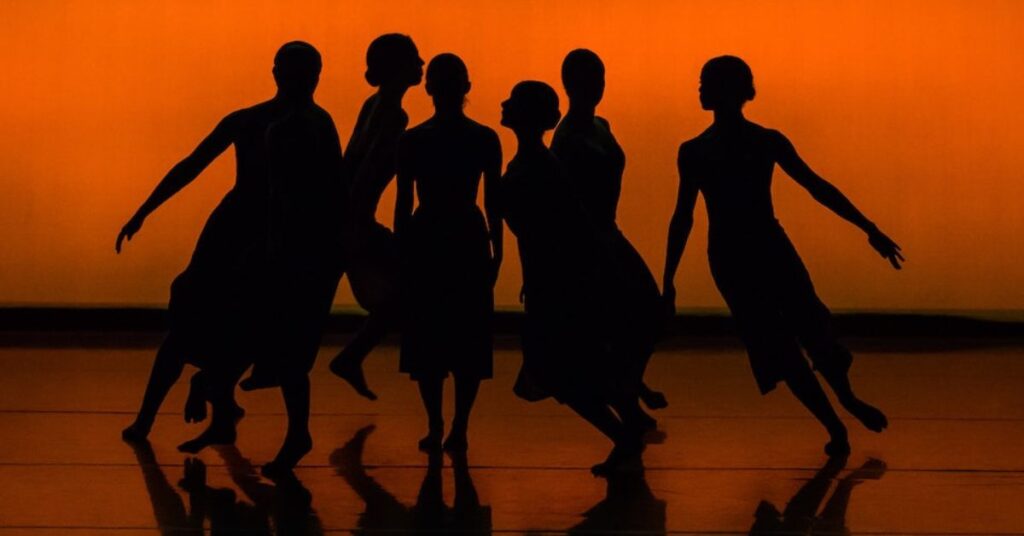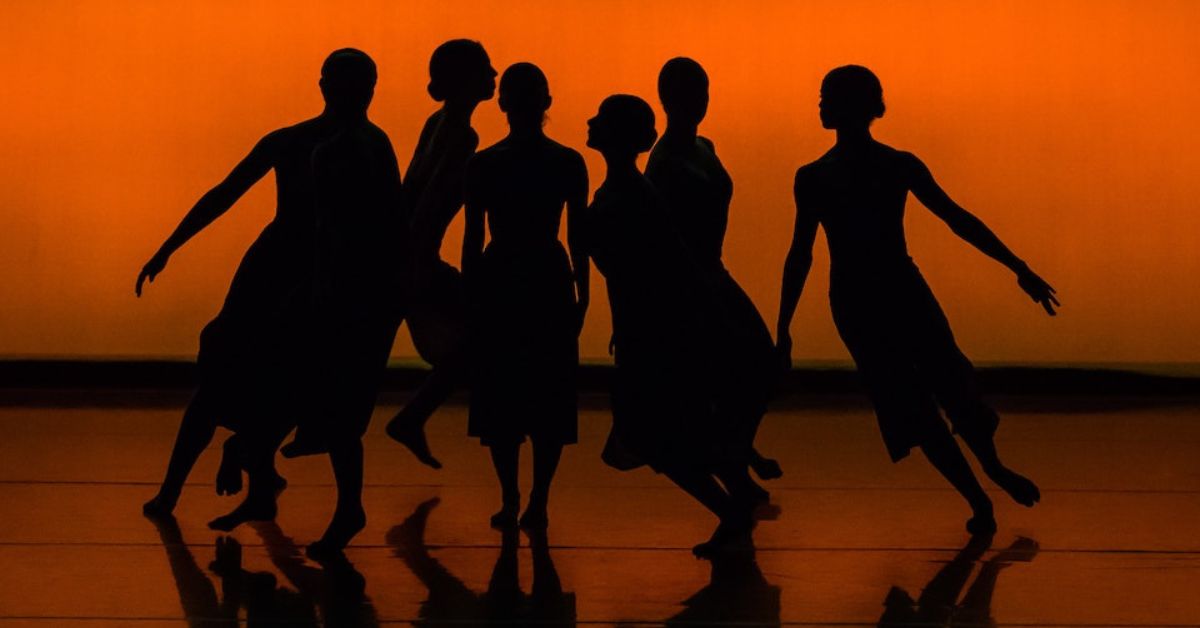
Dancing plague – Table of Contents
Dancing plague of Strasbourg
The Dancing Plague of 1518 was a case of mass psychogenic illness that occurred in Strasbourg, France, in the summer of 1518. It began in July, when a woman named Frau Troffea started dancing uncontrollably in the streets. Within a week, 34 people had joined her, and within a month, the number had increased to around 400. Many of the dancers suffered from exhaustion, and some even died from stroke or heart attack. The dancing continued for about a month, and the authorities responded by hiring musicians to play music in the streets in an attempt to calm the dancers.
The outbreak eventually came to an end on its own, and it is not clear what caused it. Some theories suggest that it was caused by a combination of social, economic, and psychological factors, while others speculate that it may have been the result of a foodborne illness or an environmental toxin.
How many people died from dancing plague?
It is not clear exactly how many people died as a result of the Dancing Plague of 1518. Some sources estimate that between 15 and 30 people may have died from the dancing, while others put the number at closer to 50. The majority of deaths were likely due to exhaustion, as many of the dancers were unable to stop dancing for several days at a time. Some may have also died from stroke or heart attack as a result of the extreme physical exertion. It is worth noting that the dancing plague occurred in the 16th century, and reliable records from this time period can be difficult to come by. As a result, it is possible that the true number of deaths may never be known.
What caused the Strasbourg dancing plague?
The exact cause of the Dancing Plague of 1518 is not known. There have been several theories proposed to explain the outbreak, but none have been conclusively proven. Some researchers believe that the dancing plague may have been the result of a combination of social, economic, and psychological factors, such as religious fervor, stress, and anxiety. Others speculate that it may have been caused by a foodborne illness or an environmental toxin, although there is no clear evidence to support these theories. It is worth noting that outbreaks of mass psychogenic illness, also known as mass hysteria, are not well understood and can be difficult to explain.

Who is the dancing plague doctor?
It is not clear who you are referring to as the “dancing plague doctor.” There is no mention of a specific “dancing plague doctor” in accounts of the event. It is possible that you may be thinking of the iconic figure of the Plague Doctor, who was a medical professional who treated people during outbreaks of the plague. Plague Doctors were typically associated with the Black Death, a pandemic of the bubonic plague that occurred in Europe in the 14th century.
Plague Doctors wore long, black robes and a mask with a beak-like nose, which was filled with herbs, spices, and other substances that were thought to protect against the disease. The Plague Doctor is often depicted in art and literature as a symbol of the horrors of the plague. However, the Plague Doctor has no connection to the Dancing Plague of 1518.
Was Strasbourg destroyed?
No, the town of Strasbourg was not destroyed as a result of the dancing plague. The dancing plague was a historical event that occurred in the 16th century in which hundreds of people in the town of Strasbourg, France began dancing uncontrollably for days at a time. The outbreak lasted for several months and affected many people in the town, but it did not cause any physical damage to the town itself. Strasbourg is a city in northeastern France and is the capital of the Grand Est region. It is a major cultural and economic center, and is known for its beautiful architecture and rich history.
Frau Troffea
Frau Troffea is a historical figure who is associated with the event known as the “dancing plague” of 1518, which occurred in the town of Strasbourg, France. According to accounts of the event, Frau Troffea was one of the first people to begin dancing uncontrollably in the streets of the town, and her behavior is said to have sparked the outbreak of the dancing plague.
The dancing plague, also known as the “dance epidemic,” was a phenomenon in which hundreds of people in the town of Strasbourg began dancing uncontrollably for days at a time, and the outbreak lasted for several months. The cause of the dancing plague is not known for certain, but some theories suggest that it may have been caused by a combination of factors, including mass hysteria, malnutrition, and the use of ergot, a naturally occurring psychedelic substance that can be found in certain grains.
Was the dance of death Popular?
The “Dance of Death,” also known as the “Danse Macabre,” was a medieval allegory that was depicted in literature, art, and performance in Europe during the 14th and 15th centuries. It was a popular theme that conveyed the idea that death is an equalizing force that eventually comes for all people, regardless of their social status or station in life.
The Dance of Death typically depicted a personified figure of death leading a procession of people from all walks of life, including kings, peasants, and clergy, to the grave. The Dance of Death was often depicted in art as a series of paintings or woodcuts, and was also the subject of plays and poems. It was a popular and enduring theme that resonated with people during a time when death was a frequent occurrence due to wars, plagues, and other causes.
Why is it called the dance of death?
The “Dance of Death,” also known as the “Danse Macabre,” was called this because it depicted a personified figure of death leading a procession of people from all walks of life to the grave. The Dance of Death was a medieval allegory that conveyed the idea that death is an equalizing force that eventually comes for all people, regardless of their social status or station in life.
The allegory was typically depicted as a series of paintings or woodcuts that showed a skeleton or personified figure of death leading a procession of people from all walks of life, including kings, peasants, and clergy, to the grave. The Dance of Death was a popular theme in literature, art, and performance in Europe during the 14th and 15th centuries, and was often depicted in art as a dance to symbolize the idea that death comes for all people.
Is dance of death a metaphor?
Yes, the “Dance of Death,” also known as the “Danse Macabre,” is typically understood as a metaphor for the impermanence of life and the ultimate triumph of death over all people. The allegory was depicted in literature, art, and performance in Europe during the 14th and 15th centuries, and conveyed the idea that death is an equalizing force that eventually comes for all people, regardless of their social status or station in life.
The Dance of Death was often depicted as a dance to symbolize the idea that death comes for all people, and it was a popular and enduring theme that resonated with people during a time when death was a frequent occurrence due to wars, plagues, and other causes.
Is Coffin dance a real thing?
The “Coffin Dance,” also known as the “Death Dance” or “Dancing Pallbearers,” is a viral internet meme that originated from a video of a group of Ghanaian pallbearers dancing with a coffin at a funeral in Accra, Ghana. The video, which was filmed in 2016, became popular on the internet in 2020 and spawned numerous remixes and parodies.
The Coffin Dance has been used in a variety of contexts online, including as a way to mock or satirize people or situations and as a way to add levity to otherwise somber events. It has also been used in a number of commercials and other media. However, it is important to note that the Coffin Dance is not a traditional dance or cultural practice, and its use in the context of funerals in Ghana is not a common occurrence. The viral video that spawned the meme depicted a group of professional pallbearers who were hired to transport and handle the coffin at the funeral, and their dancing was not a traditional part of the funeral proceedings.
Read More Articles:-
